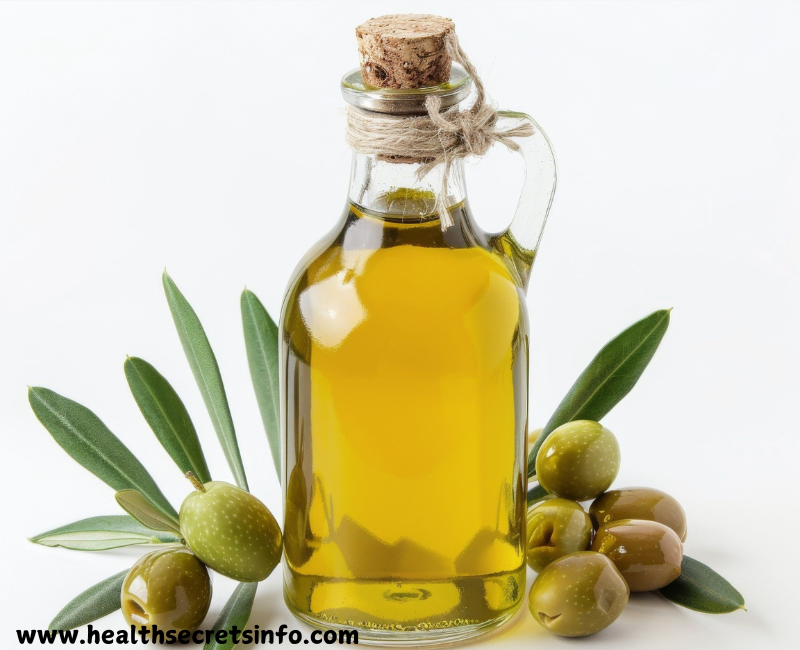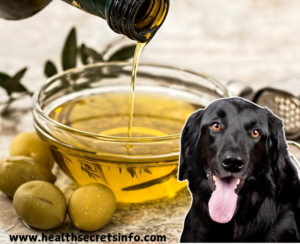can dogs eat olives - everything you need to know

If you have dogs and you are conscious about your loving pets’ health then a lot of questions come to your mind related to food. Sometimes when you are eating something, you may want to share that food with your furry friend. Olives are one of the common items found in many households. So if you are thinking about whether dogs can eat olives then you have clicked the right article.
Are olives good for dogs?
Yes, olives in raw form are not poisonous for dogs. In fact, they provide some health benefits. Olives contain healthy fat, vitamins and antioxidants that play a vital role to support heart health as well as overall well-being. However, not all olives have the same substance and there are some key points to keep in mind before giving dogs olives to eat.
Health benefits of olives
Olives provide a lot of health benefits for dogs. Such as:
- Olives are rich in healthy fats, specially Monounsaturated Fats. These fats may improve a dog’s coat and skin, making it shiner and less prone to dryness.
- Olives are a source of Vitamins and Antioxidants. They are high in vitamin E, an antioxidant that supports the immune system. Moreover, the antioxidant properties of olives can also help reduce inflammation and protect cells from oxidative stress.
- Olives have little amounts of Calcium and Iron , which are vital for maintaining strong bones and proper circulation.
- The fiber in olives can aid digestion and support a healthy gut in dogs.
- Olives contain Oleic acid, a compound known to have anti-inflammatory effects.
- Olives may support cognitive function, possibly slowing down the cognitive decline in older dogs.
It’s important to focus that dogs should only eat olives in moderation and raw form as high sodium and other additives can negate these benefits.
Risks of feeding olives to dogs
- High sodium content in processed or canned olives can lead to sodium poisoning.
- Choking hazard from olive pits, especially for small dogs.
- Tooth damage caused by chewing on olive pits.
- Toxic seasonings (garlic, onion, chili) in some olives are harmful to dogs.
- Allergic reactions (itching, swelling) in rare cases. Overfeeding olives can result in weight gain or pancreatitis.
Beside these there are a lot of risks. So always remember that olives should only be offered in moderation and with precautions, such as removing pits and avoiding any that are processed.
Types of olives and comparison
Green Olives
Color: Light green
Taste: Firm, slightly bitter
Sodium Content: Usually high (brined)
Fat Content: Higher than black olives
Suitability: High sodium if brined, safe in moderation if unsalted
Black Olives
Color: Dark brown/black
Taste: Softer, milder, less bitter
Sodium Content: Varies, often lower
Fat Content: Lower than green olives
Suitability: Generally safer if unsalted, but still in moderation
Kalamata Olives
Color: Dark purple
Taste: Strong, tangy, and rich flavor
Sodium Content: High (often brined)
Fat Content: High
Suitability: Not recommended due to high sodium levels
Castelvetrano Olives
Color: Bright green
Taste: Mild, buttery flavor
Sodium Content: Moderate
Fat Content: High
Suitability: Safer choice if unsalted or fresh, still in moderation
Manzanilla Olives
Color: Green
Taste: Briny, tangy, sometimes stuffed
Sodium Content: High (brined)
Fat Content: Moderate
Suitability: Risky due to sodium content and possible stuffing
Related
How many olives can a dog eat ?
At the time of feeding olives to dogs, it’s important to follow this guidelines for moderation:
Small Dogs: 1–2 plain, unsalted olives occasionally.
Medium Dogs: 2–3 plain, unsalted olives occasionally.
Large Dogs: 3–4 plain, unsalted olives occasionally.
Note – Always ensure the olives are pitted to avoid choking hazards. Make sure they are plain and unsalted, as olives are high in sodium. Olives should only be an occasional treat and not a regular part of a dog’s diet.
Can dogs eat olive oil?
Yes, dogs can eat olive oil as well. For small dogs 1/4 to 1/2 teaspoons per day, for medium dogs 1/2 to 1 teaspoon per day and for large dogs 1 to 1 1/2 teaspoons per day is enough. You should always use extra virgin olive oil for the best result. Don’t cook olive oil at high temperatures to reduce the chances of losing nutritional benefits.
Alternatives to Olives for Dogs
Here are some healthy alternatives to olives for dogs that offer similar nutritional benefits without the risks:
Apples (Without Seeds)
These alternatives are safe, nutritious, and easily digestible, making them better treats for dogs compared to olives, especially when you want to avoid the risk of high sodium or choking hazards.
In the end, before feeding your dogs olive, consider the facts mentioned above. After reading this full article it’s up to you to give your dogs olives or not. So dogs can eat olives. If you follow the general guideline, hopefully there will be no problems. If there , immediately contact a veterinarian.
FAQs
Can dogs eat olives?
Yes, dogs can eat plain, unsalted olives in moderation.Are olives good for dogs?
Olives contain healthy fats, vitamins, and antioxidants that benefit dogs, but they should only be given occasionally.Can dogs eat olives with pits?
No, olive pits are a choking hazard and can cause tooth damage.Which types of olives are safe for dogs?
Unsalted, plain olives are safest for dogs, while brined or stuffed olives should be avoided due to high sodium and additives.How many olives can a dog eat?
Small dogs can eat 1–2, medium dogs 2–3, and large dogs 3–4 olives occasionally.












